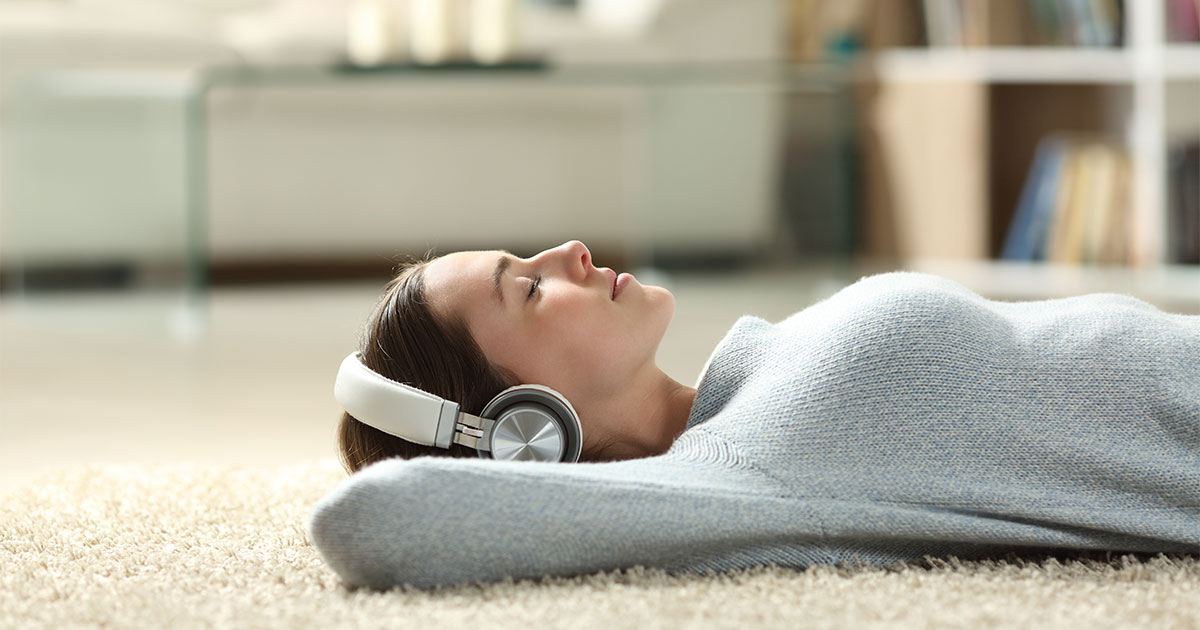Anxiety is a natural response of the body to stress, but when it becomes excessive, it can take a toll on one’s physical, emotional, and mental well-being. Anxiety disorders are among the most prevalent mental health issues globally, with an estimated 284 million people affected worldwide.
While medication and psychotherapy are standard treatments for anxiety disorders, mindfulness practices can help ease anxiety symptoms by promoting relaxation, reducing stress, and fostering a positive outlook.
Mindfulness Practices to Help with Anxiety Symptoms
Deep Breathing Exercises
Deep breathing exercises can help regulate the body’s stress response, inducing relaxation and reducing anxiety symptoms. To practice deep breathing, sit or lie down in a comfortable position, inhale slowly and deeply through the nose, hold the breath for a few seconds, and then exhale slowly and completely through the mouth.
Some popular deep breathing techniques include:
- Belly breathing: Place one hand on your stomach and the other on your chest. Take a deep breath in through your nose, feeling your stomach rise as you inhale. Exhale slowly through your mouth, feeling your stomach fall as you exhale.
- 4-7-8 breathing: Inhale deeply through your nose for four seconds, hold the breath for seven seconds, and then exhale slowly through your mouth for eight seconds.
- Box breathing: Inhale through your nose for four seconds, hold your breath for four seconds, exhale through your mouth for four seconds, and then hold your breath for four seconds before repeating the cycle.
Mindful Meditation
Mindful meditation involves focusing your attention on the present moment without judgment. It can help reduce stress and anxiety by promoting relaxation, increasing self-awareness, and improving mood.
To practice mindful meditation, find a quiet place where you won’t be disturbed, sit in a comfortable position, and focus your attention on your breath. Whenever your mind wanders, gently bring your attention back to your breath without judgment.
You can also try guided meditation, which involves following an audio recording that directs your attention to specific sensations, thoughts, or emotions.
Yoga
Yoga is a mind-body practice that involves physical postures, breathing techniques, and meditation. It can help reduce anxiety symptoms by promoting relaxation, increasing self-awareness, and improving overall well-being.
Some yoga poses that can help ease anxiety include:
- Child’s pose: Kneel on the floor, sit on your heels, and stretch your arms forward. Rest your forehead on the ground and take slow, deep breaths.
- Standing forward bend: Stand with your feet hip-width apart, fold forward, and let your head and arms hang. Take slow, deep breaths and feel the stretch in your hamstrings and lower back.
- Warrior II: Stand with your feet wide apart, turn your right foot out, and bend your right knee. Reach your arms out to the sides and gaze over your right hand. Take slow, deep breaths and feel the strength and stability in your legs and core.
- Savasana: Lie on your back, close your eyes, and let your arms and legs relax. Take slow, deep breaths and focus on releasing tension from your body.
Gratitude Practice
Gratitude practice involves cultivating a sense of appreciation and thankfulness for the positive aspects of your life, which can help shift your focus away from negative thoughts and reduce anxiety symptoms.
To practice gratitude, take a few minutes each day to reflect on the things in your life that you’re grateful for. You can write them down in a journal, share them with a loved one, or simply think about them to yourself. Some people find it helpful to make a gratitude list every day, while others prefer to focus on one or two things they’re particularly grateful for.
Nature Walks
Spending time in nature can help reduce anxiety symptoms by promoting relaxation and reducing stress. Walking in nature can also improve your mood, boost your energy, and increase your overall sense of well-being.
To practice nature walks, find a nearby park, trail, or nature reserve and take a leisurely walk, paying attention to the sights, sounds, and smells around you. Try to engage all your senses, and if possible, leave your phone behind or put it on silent to avoid distractions.
In Conclusion
In conclusion, anxiety can be a difficult condition to manage, but there are effective treatment options available. At Restoring Wellness Solutions, we specialize in helping patients alleviate anxiety symptoms and regain control of their lives. If you or someone you know is struggling with anxiety, we encourage you to look into ketamine infusion therapy as a potential option.
Our experienced team of professionals is dedicated to providing compassionate care and customized treatment plans to help you achieve your mental health goals. Don’t let anxiety hold you back any longer – contact us today to learn more about our services and schedule a consultation.






